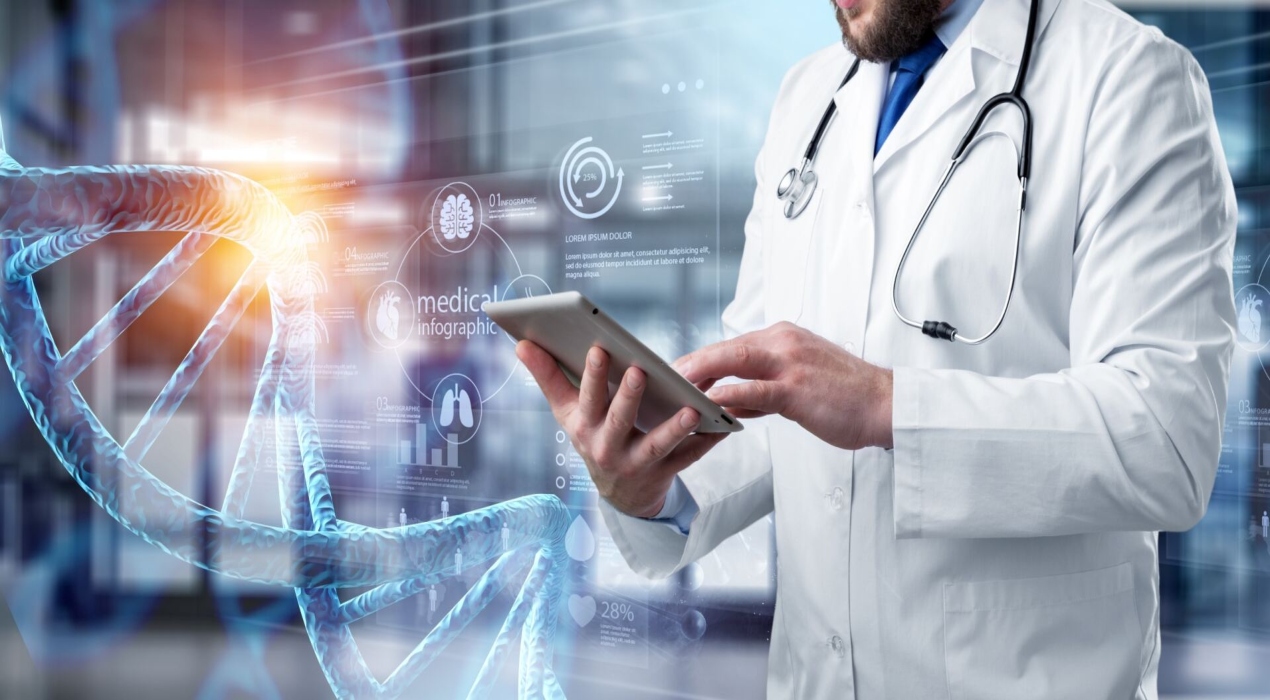
India’s Prime Minister, Narendra Modi, recently launched e-RUPI, an electronic voucher promoting digital payment solutions. According to an official statement, it is a QR code or SMS string-based e-voucher, which is delivered to the mobile of the beneficiaries. The users of this seamless one-time payment mechanism will be able to redeem the voucher without a card, digital payments app, or Internet banking access at the service provider. Any government agency and corporation can generate e-RUPI vouchers via their partner banks.
The e-RUPI initiative will be one of the programmes launched over the next few years to limit touchpoints between the government and the beneficiary and “ensure that the benefits reach its intended beneficiaries in a targeted and leak-proof manner”, according to the statement. The vouchers are person- and purpose-specific, which means that if they are released by the government COVID-19 vaccinations, for instance, then they can be redeemed only for that.
The system was developed by the National Payments Corporation of India (NPCI) on its UPI platform, in collaboration with the Department of Financial Services, the Ministry of Health and Family Welfare, and the National Health Authority. The statement noted that e-RUPI connects the sponsors of the services with the beneficiaries and service providers in a digital manner without any physical interface.
It also ensures that the payment to the service provider is made only after the transaction is completed. Being pre-paid in nature, it assures timely payment to the service provider without the involvement of any intermediary. E-RUPI is expected to be a revolutionary initiative for ensuring a leak-proof delivery of welfare services.
It can also be used for delivering services under schemes meant for providing drugs and nutritional support under mother and child welfare schemes, TB eradication programmes, and diagnostics under schemes like Ayushman Bharat and Pradhan Mantri Jan Arogya Yojana. The private sector can also leverage these digital vouchers as part of its employee welfare and corporate social responsibility programmes.
A news report explained that although the e-RUPI is the first step towards having a digital currency in India, it is not a digital currency but rather a social service voucher system. Cryptocurrencies let you buy goods and services, or trade them for profit. More importantly, it is government-regulated. The prepaid voucher that is paid for by the government will largely be utilised, at least initially, to provide welfare subsidies.
Recently, OpenGov Asia reported that the Reserve Bank of India’s (RBI) digital payment index (RBI-DPI) recorded a 30.2% growth in 2020-21. The index rose to 270.59 at the end of March 2021, up from 207.84 a year ago. The data represents the rapid adoption and deepening of digital payments across the country. The rise could be attributed to the COVID-19 pandemic, as consumers were encouraged to use contactless payment methods.
During 2020, the country processed 25.5 billion real-time payments transactions, followed by 15.7 billion in China, 6 billion in South Korea, 5.2 billion in Thailand, and 2.8 billion in the UK. By 2025, digital payments in India could account for 71.7% of the total payments volume, leaving cash and cheques at 28.3%. Last year, the transaction volume share in the country stood at 15.6% and 22.9% for instant payments and other electronic payments, respectively. Paper-based payments had a considerable share of 61.4%. More than 70.3 billion real-time payment transactions were processed globally last year, a surge of 41% compared to the previous year, as the COVID-19 pandemic dramatically accelerated trends away from cash and cheques towards greater reliance on real-time and digital payments.
















